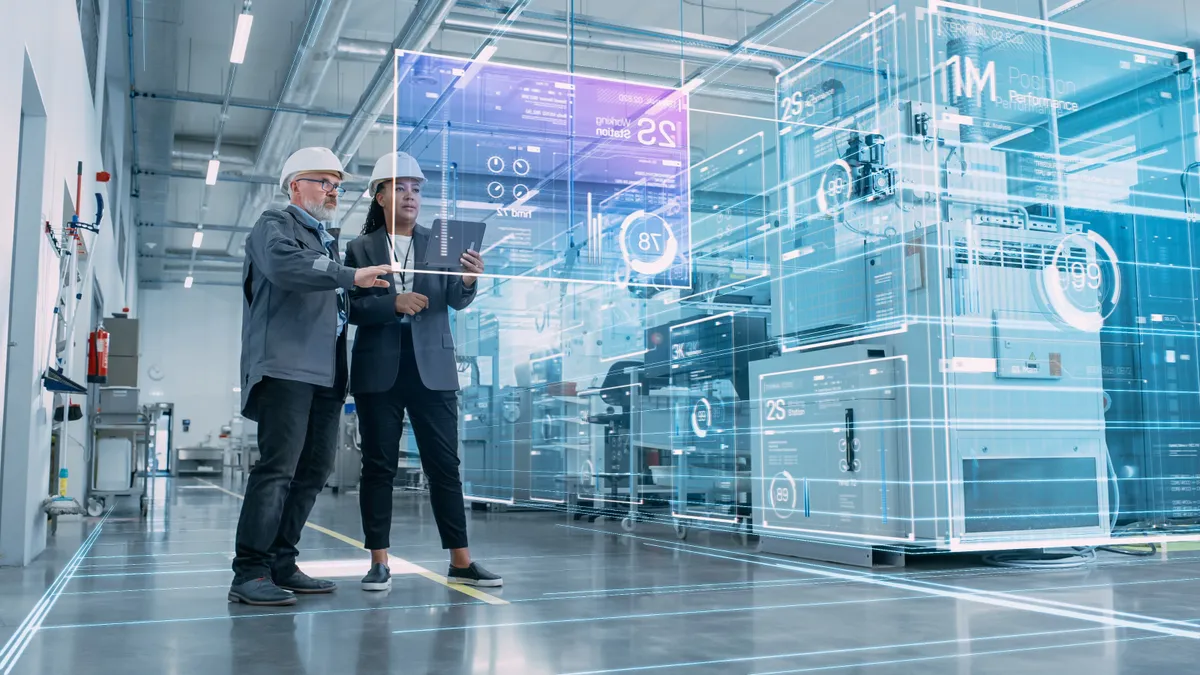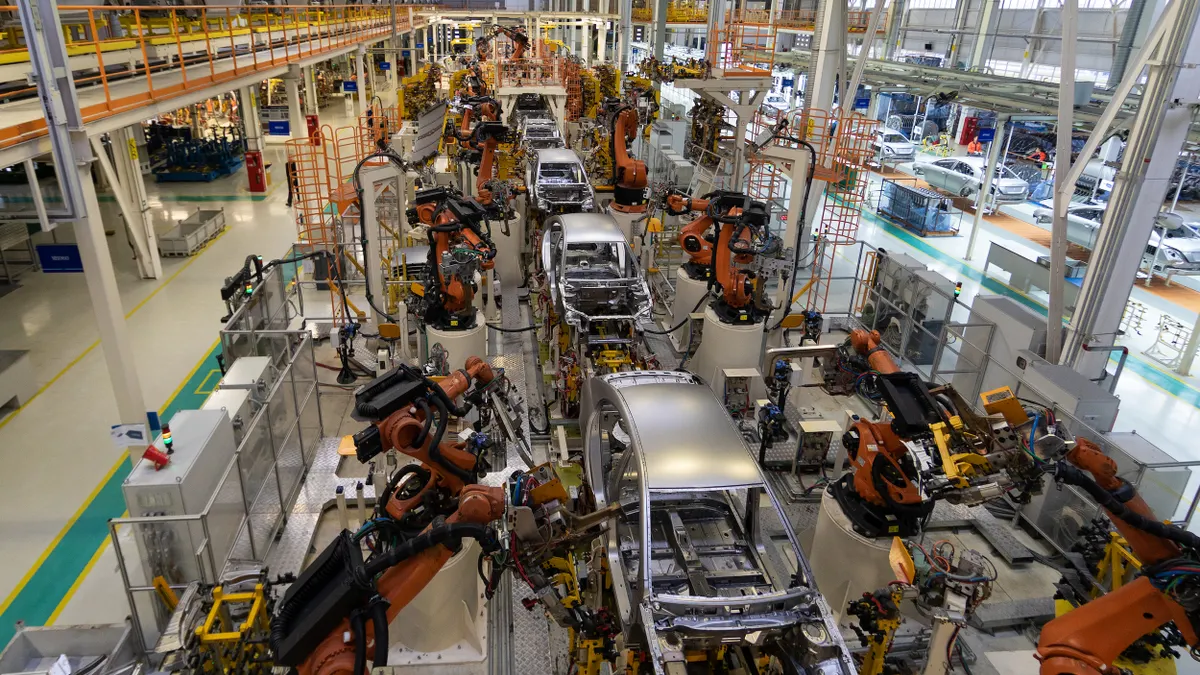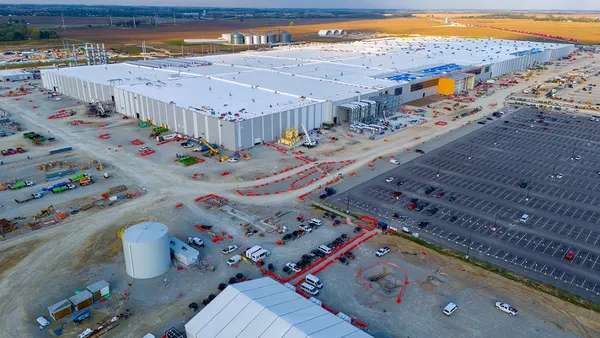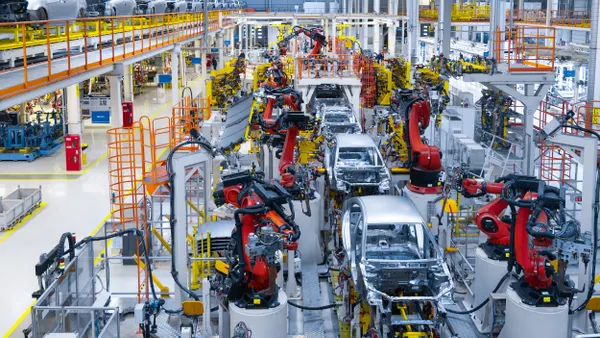Manufacturers are quickly embracing a form of machine learning called edge AI to get quality products to market faster. Learn how edge AI is a significant advantage during iterative design and product testing.
What Is Edge AI?
In manufacturing, artificial intelligence (AI) is the use of advanced algorithms that can automate processes, optimize efficiency, and enable data-driven decision-making for improved productivity, quality, and innovation. While AI is often associated with data centers or cloud computing, it can also run locally on edge devices on your network. These edge devices typically have a fixed function, such as controlling machinery or conducting visual inspections. AI algorithms optimized for edge devices have a smaller footprint than traditional AI models, which allows them to be embedded directly into existing hardware.
“Edge AI places models closer to where the raw data is generated. It’s a fundamental shift from cloud computing because it creates local intelligence,” explains Zin Thein Kyaw, director of customer solutions engineering at Edge Impulse.
Edge AI offers several advantages, as summarized by the acronym BLERP: bandwidth, latency, energy usage, reliability, and privacy. Among these, bandwidth is often a critical resource for manufacturers. Edge AI is a major advantage because it doesn’t consume bandwidth—no data is transmitted to the cloud and is instead kept on the device.
“Latency, the amount of time it takes for an action to deliver a response, is also optimized with edge AI,” Kyaw says. “On-device machine learning can make interferences in real time—we’re talking about decisions in less than half a second down to 100 milliseconds.”
Edge AI in Practice
Companies like CarePredict, GlobalSense, and Pentatonic demonstrate how edge AI’s most significant benefits are enhancing iterative processes. They also illustrate key findings from a recent survey from Edge Impulse and Manufacturing Dive’s studioID, 5 Rising Trends for AI Adoption in Manufacturing.
GlobalSense
GlobalSense uses audio-based event detection for car issues like engine knocks and crashes. Edge AI allows them to understand and predict the health of the vehicle in real-time, where the events are happening, onboard the vehicle. In the past they would have to transmit raw data to the cloud, incurring significant latency and bandwidth costs; often straining the battery life of an IoT sensor.
“The ability to run edge AI acoustic event detection on a low-cost, resource- and power-constrained IoT sensor is a game changer,” notes Kyaw. “More of the processing power on-device can be leveraged to produce insights locally, instead of having to send all this raw data to the cloud for analysis, thereby lowering the total cost of ownership and further increasing the ROI of a deployment."
This exemplifies one of the key findings from our AI survey: “Optimizing production is manufacturers’ primary goal for AI.”
CarePredict
CarePredict uses wearable technology to support elder care. Its device includes anomaly detection for activities that indicate depression and falls. Their development team used edge AI to track new behaviors that would have otherwise taken longer to capture with cloud computing. Now, new models can be deployed in weeks and months instead of years.
"Edge AI is ideal for manufacturers with domain expertise, such as in healthcare, who want to provide state-of-the-art on-device algorithms that deliver real-time insights into patient behavior without sacrificing battery life, performance, or privacy," emphasizes Kyaw. "In CarePredict's case, they were able to take decades of domain knowledge and expertise and apply Edge AI to deliver the highest performing algorithms on device while keeping these requirements in mind. They already had very good on-device algorithms for fall detection but their effectiveness had been limited by false-positives. They used edge AI to fine-tune the algorithms, significantly decreasing the number of false positive events by 66%."
This exemplifies one of the key findings from our AI survey: "As manufacturers organize their approach to AI/ML, internal expertise is critical."
Pentatonic
Pentatonic supports the circular economy by connecting suppliers with materials and facilitating sales, recovery, and resale. The process includes computer vision edge AI for visual anomaly detection, defect inspection, and sorting applications. To keep materials moving, digital twins of processing equipment are essential. Pentatonic uses digital twins and edge AI to create a faster feedback loop, making all their material management processes much more efficient.
“Edge AI and digital twins let companies build viable AI models without having to physically go to the factory floor,” Kyaw says. “It’s costly to instrument on site and do initial testing. But by simulating the visual inspection process without instrumenting at the hardware level, companies can quickly and continuously implement and improve their workflows to ensure top-notch production.”
This exemplifies one of the key findings from our AI survey: “Quality dominates business drivers for AI adoption.”
Edge AI has the power to help manufacturers generate more design options, increase the speed of iteration cycles, and automate workflows. Improving efficiency will help designs move from production to market more swiftly. Ultimately, edge AI contributes to a better end product.
Learn more at edgeimpulse.com and click here to download the full survey findings.










